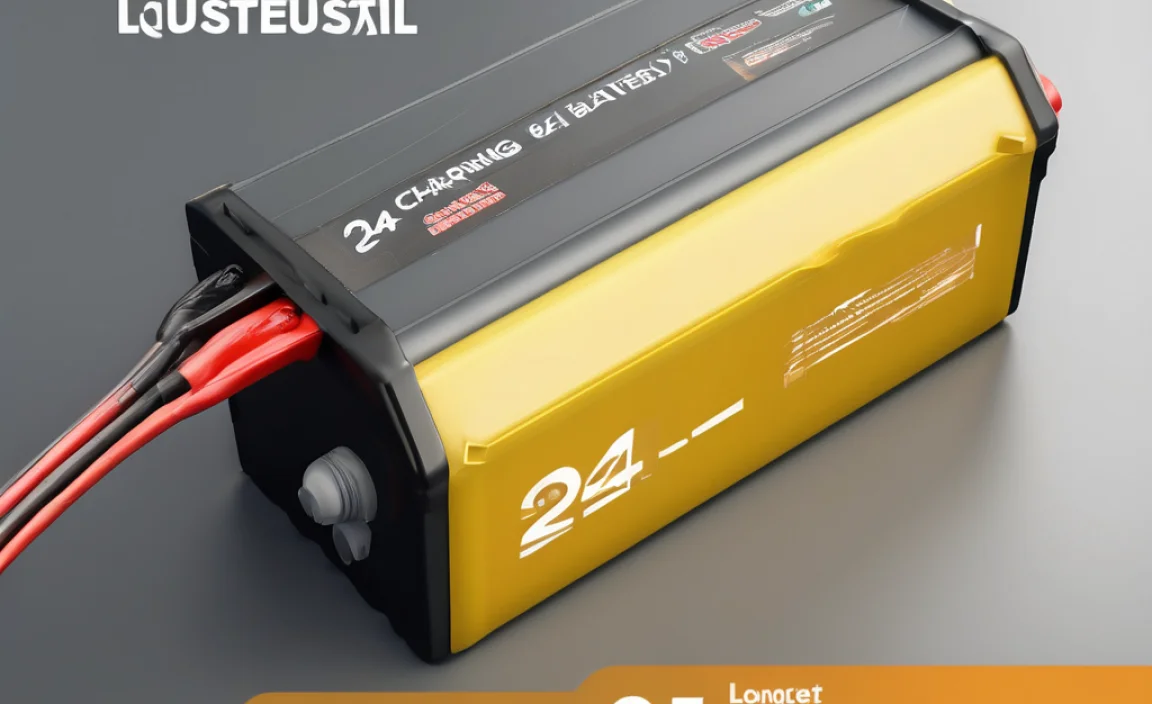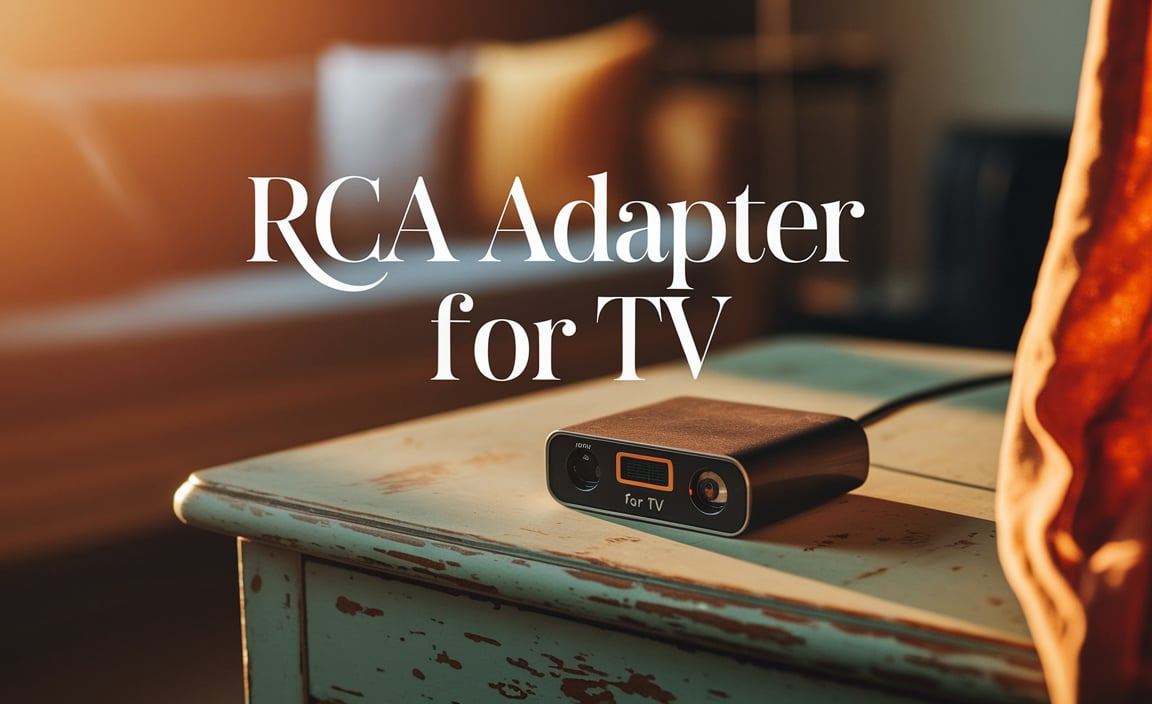Your Garage Door Remote Battery Size: A Comprehensive Guide
What size battery for garage door remote? This is a question that often pops up when you find your automated gateway to your home stubbornly refusing to budge. A dead battery is, by far, the most common culprit behind a malfunctioning garage door opener, and thankfully, it’s also the easiest to fix. However, the sheer variety of remote openers on the market means there isn’t a single, universal answer. Fortunately, understanding your remote’s specific needs is simpler than you might think, and armed with the right information, you can get your garage door functioning smoothly again in no time.
The first step in successfully replacing your garage door remote battery is identifying the correct type and size. Unlike household batteries that might come in AA, AAA, or C formats, garage door remotes frequently utilize smaller, coin-cell or button-cell batteries. These are specifically designed to fit the compact dimensions of the remote itself. Common types you’ll encounter include 3-volt lithium coin cells, such as the CR2032, CR2016, and CR2025. Each of these has a similar diameter but differs slightly in thickness, which is crucial for ensuring a proper fit and connection within the remote’s battery compartment.
Identifying Your Garage Door Remote Battery Size
So, how do you definitively determine what size battery for garage door remote you need? The most straightforward method is to physically examine your existing battery. Most coin-cell batteries have their model number printed directly on their surface. Carefully open the battery compartment of your remote – usually by prying it open with a small screwdriver or a fingernail, depending on the design. Once the old battery is exposed, look for the imprinted numbers and letters. This code is your key to purchasing the exact replacement needed.
If the markings on the old battery have faded or are illegible, don’t worry. Your garage door opener manual is your next best resource. Most manufacturers provide detailed specifications for their accessories, including the battery type and size required for the remotes. If you no longer have the physical manual, a quick online search for your garage door opener’s model number should lead you to a digital version or product information that will specify the battery requirements. Many manufacturers also have customer support resources that can assist you in identifying the correct battery.
Another option is to consult the remote itself. Some remotes have a small label or imprint near the battery compartment that indicates the
required battery size. This is less common than printing on the battery itself or in the manual, but it’s worth a look. Finally, if you’re still unsure, taking the remote to a hardware store or a battery specialist can be beneficial. They often have staff knowledgeable about common battery types and can help you identify the correct size based on the remote’s appearance and dimensions.
Common Battery Sizes and Their Characteristics
Understanding the common battery sizes can help you make an informed purchase. The CR2032 is perhaps the most ubiquitous coin-cell battery and is found in a vast array of electronic devices, including many garage door remotes. It measures 20mm in diameter and 3.2mm in thickness. The CR2016 is slightly thinner, at 1.6mm, while the CR2025 is a middle ground at 2.5mm. While their voltages are typically all 3 volts, the physical dimensions are critical for a secure and functional connection. Using a battery that is too thick might prevent the remote from closing properly or making contact, while one that is too thin might lead to a loose connection and intermittent operation.
It’s crucial to opt for high-quality batteries from reputable brands. While cheaper, unbranded batteries might seem appealing, they often don’t last as long or perform as reliably. A good quality battery will ensure your remote operates consistently and extends the time between replacements, saving you hassle in the long run. Lithium-ion coin cells, like those mentioned, are preferred for their long shelf life, stable voltage output, and resistance to temperature fluctuations – all important factors for a device that might sit unused in a car or on a keychain for extended periods.
Replacing Your Garage Door Remote Battery: A Step-by-Step Process
Once you have the correct battery in hand, replacing it is usually a simple DIY task.
1. Locate the Battery Compartment: As mentioned earlier, this is typically on the back or side of the remote and might be secured by a small screw or a clip.
2. Open the Compartment: Use a small, flat-head screwdriver or a keychain tool to gently pry open the compartment. Be careful not to force it, as you could damage the plastic.
3. Remove the Old Battery: Note the orientation of the old battery (which side is positive ‘+’, and which is negative ‘-‘) before removing it. This is crucial for installing the new one correctly. You can usually use your fingernail or the tip of a small screwdriver to gently dislodge it.
4. Insert the New Battery: Place the new battery into the compartment, ensuring it’s in the same orientation as the old one. The positive (+) side usually faces up or towards the spring.
5. Close the Compartment: Securely snap or screw the battery compartment back into place.
6. Test the Remote: Point the remote at your garage door opener and press the button. If the battery was indeed the issue, your garage door should now respond.
If your garage door still doesn’t open after replacing the battery, the issue might lie elsewhere, such as with the opener’s receiver or a tripped safety sensor. However, for most common glitches, a fresh battery is all you need.
In conclusion, understanding what size battery for garage door remote is a fundamental aspect of maintaining your garage door opener. By carefully identifying the battery type through the markings on the old battery, consulting your manual, or seeking expert advice, you can ensure you purchase the correct one. With a little effort and the right information, you can quickly and easily resolve common remote issues and regain seamless access to your home.




